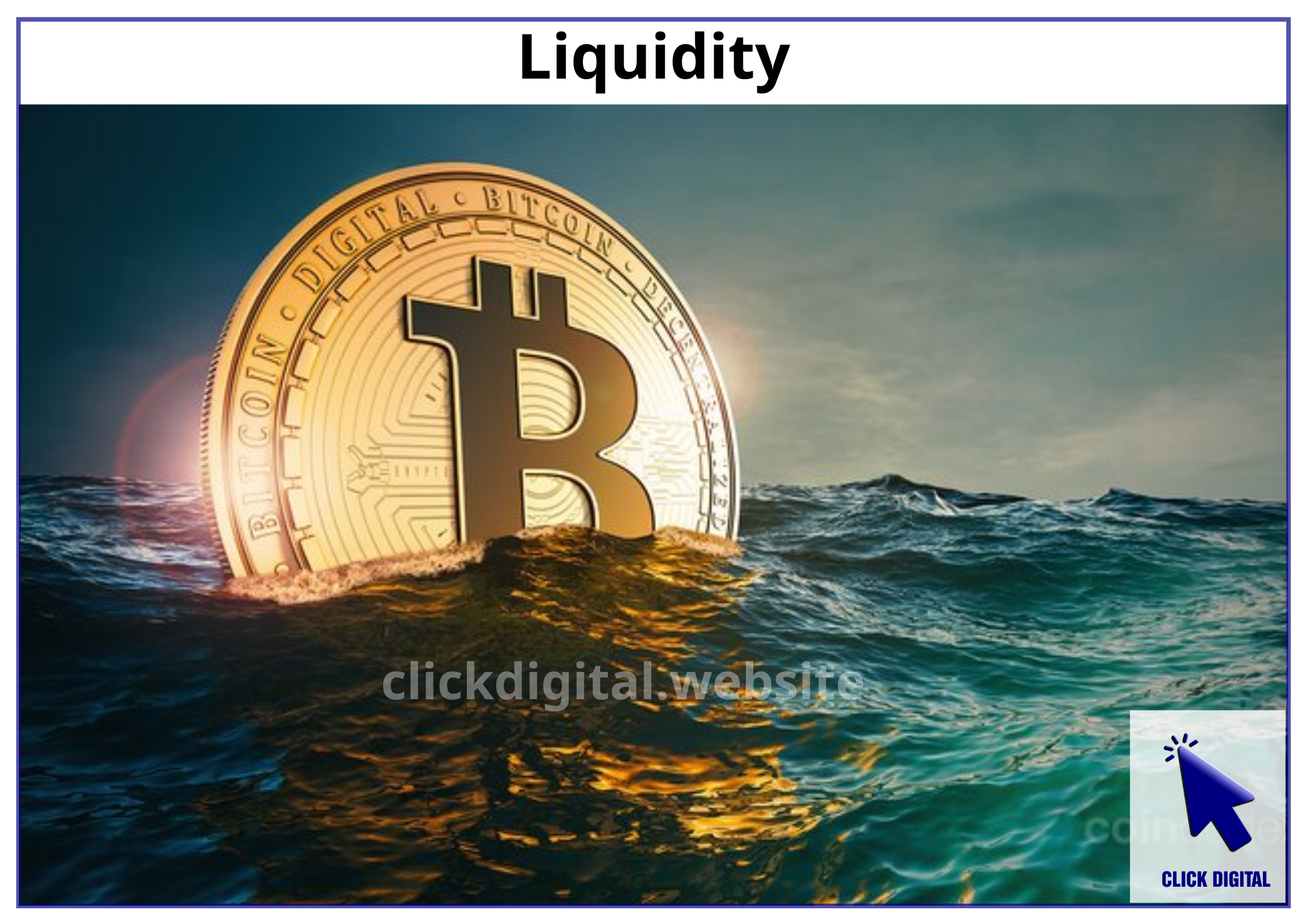Table of Contents
Summary
When operating a liquidity pool (LP), deciding whether to add incentives can be a double-edged sword. While incentives can attract users quickly, they can also lead to unwanted consequences if not managed properly. This article, brought to you by Click Digital, explores specific scenarios when incentives should be added, potential outcomes, and what to do if incentives fail to produce the desired results.
What is a Liquidity Pool, and Why Are Incentives Important?
A Liquidity Pool is where LPs (Liquidity Providers) deposit assets to facilitate transactions. In DeFi, these pools need sufficient liquidity to ensure smooth and fast transactions. Incentives (rewards) are often added to attract LPs to participate.
For example, a project might distribute free tokens or provide APY-based rewards for LPs contributing to the pool. However, one key question remains: Should incentives be added to liquidity pools?
When Should You Add Incentives to a Liquidity Pool?
1. Boosting Liquidity at Launch
When a project is launching and needs to boost liquidity immediately, adding incentives is a common and effective strategy. The market may not have many users yet, and incentives will act as bait to attract LPs, generating strong initial trading volume.
Real-life Example:
When SushiSwap launched, it used Incentive Farming to attract users to provide liquidity for trading pairs, which helped it grow quickly and achieve success.
2. Low Transaction Fees and the Need to Attract Users
If your pool has low transaction fees, users might not be as interested in participating because of low returns. Adding incentives can help attract users with larger capital and encourage liquidity growth.
Example:
Uniswap ran an incentive campaign for LPs providing liquidity to stablecoin pairs during a sideways market phase when transaction fees were low, ensuring long-term user retention.
3. Stabilizing the Pool
Incentives can also help a project create a stable liquidity foundation. When a pool has insufficient liquidity or is experiencing high volatility, incentives can keep LPs participating for a longer period, stabilizing the pool.
What Can Happen When Incentives Are Added?
| Scenario | Description | Liquidity Maintenance Likelihood |
|---|---|---|
| 1. Adding incentives at launch | Encourages participation and boosts initial liquidity | High, easy to attract LPs |
| 2. Incentive attracts yield farmers | LPs participate for rewards but withdraw once incentives end | Low, due to lack of long-term engagement |
| 3. Incentives for a stable pool | Users participate long-term due to steady returns, avoiding withdrawals | Medium to High, depending on the product |
| 4. No incentives and market is unsupportive | Liquidity drops, users withdraw their capital | Low or unsustainable |
What Should You Do if Incentives Don’t Work?
Adding incentives to a liquidity pool doesn’t always guarantee success. If the incentives don’t deliver the expected results, here are some steps that can be taken:
1. Adjust the Incentives
If the initial incentives weren’t effective, consider increasing the rewards or changing the distribution method to better motivate users.
Example:
After Balancer failed to attract enough participants, it increased the reward rate for LPs who locked their funds for longer periods, thus encouraging more substantial participation.
2. Improve User Experience (UX/UI)
UX/UI is a critical factor in retaining users. If users find the process of participating and withdrawing liquidity complicated or time-consuming, they will quickly lose interest.
Projects should invest in enhancing the user interface to make the liquidity provision process smoother, thus minimizing the risk of losing users.
3. Encourage Long-Term LPs
To reduce dependency on incentives, projects can encourage users to participate long-term rather than just collecting short-term rewards. Programs like liquidity mining over time or retroactive rewards can help retain users for the long haul.
4. Reducing Incentives
If the incentives are not effective, we must consider reducing them.
FAQs – Frequently Asked Questions
Q1: Is it always necessary to add incentives to maintain a liquidity pool?
Not necessarily. If the pool already has a stable user base and sufficient liquidity, incentives may not be needed. Understanding the market and user needs is key.
Q2: Can incentives reduce the quality of liquidity?
Yes, because users might only participate for the rewards, and once the incentives end, they will withdraw. Therefore, long-term strategies are crucial for creating genuine value.
Q3: How do I know when to add incentives?
If you notice that your liquidity pool is lacking liquidity or if the project is new and needs to attract users, it’s the right time to introduce incentives. Click Digital suggests that projects should prioritize long-term profit over short-term rewards.
Conclusion: Incentives – A Double-Edged Sword
Adding incentives to a liquidity pool is a powerful strategy, but it comes with risks. The use of incentives must be tailored to the specific stage of the project and should always be accompanied by measures to ensure long-term liquidity. Projects that know how to apply incentives skillfully will see positive results, but relying solely on rewards without creating genuine value is like pumping a balloon only to watch it burst.
Remember, incentives are not the only key to success. A well-rounded strategy that includes UX, marketing, and community engagement is crucial to long-term success.

